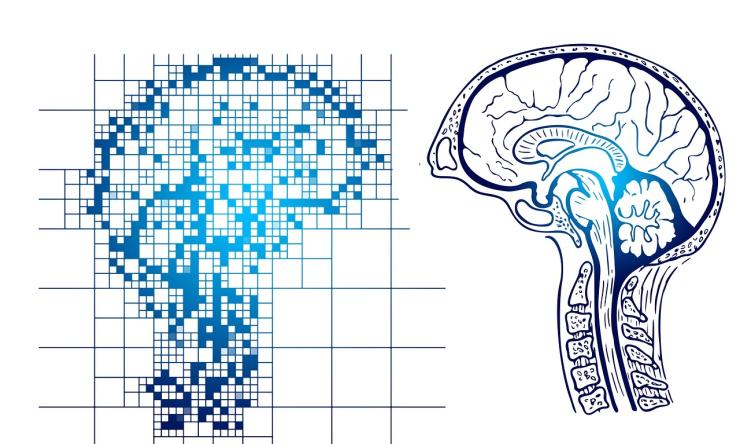AI accelerates discovery of neurodevelopmental disorder-associated genes
Researchers have developed an artificial intelligence (AI) approach that accelerates the identification of genes that contribute to neurodevelopmental conditions such as autism spectrum disorder, epilepsy and developmental delay. This new powerful computational tool can help fully characterize the genetic landscape of neurodevelopmental disorders, which is key to making accurate molecular diagnosis, elucidating disease mechanism and developing targeted therapies. The study appeared in the American Journal of Human Genetics.
“Although researchers have made major strides identifying different genes associated with neurodevelopmental disorders, many patients with these conditions still do not receive a genetic diagnosis, indicating that there are many more genes waiting to be discovered,” said first and co-corresponding author Dr. Ryan S. Dhindsa, assistant professor of pathology and immunology at Baylor College of Medicine and principal investigator at the Jan and Dan Duncan Neurological Research Institute at Texas Children’s Hospital.
Typically, to discover new genes associated with a disease, researchers sequence the genomes of many individuals with the disorders and compare them to the genomes of people without the disorders. “We took a complementary approach,” Dhindsa said. “We used AI to find patterns among genes already linked to neurodevelopmental diseases and predict additional genes that might also be involved in these disorders.”
The researchers looked for patterns in gene expression measured at the single-cell level from the developing human brain. “We found that AI models trained solely on these expression data can robustly predict genes implicated in autism spectrum disorder, developmental delay and epilepsy. But we wanted to take this work a step further,” Dhindsa said.
To enhance the models even further, the team incorporated more than 300 other biological features, including measures of how intolerant genes are to mutations, whether they interact with other known disease-associated genes and their functional roles in different biological pathways.
“These models have exceptionally high predictive value,” Dhindsa said. “Top-ranked genes were up to two-fold or six-fold, depending on the mode of inheritance, more enriched for high-confidence neurodevelopmental disorder risk genes compared to genic intolerance metrics alone. Additionally, some top-ranking genes were 45 to 500 times more likely to be supported by the literature than lower ranking genes.”
“We see these models as analytical tools that can validate genes that are beginning to emerge from sequencing studies but don’t yet have enough statistical proof of being involved in neurodevelopmental conditions,” Dhindsa said. “We hope that our models will accelerate gene discovery and patient diagnoses, and future studies will assess this possibility.”
Blake A. Weido, Justin S. Dhindsa, Arya J. Shetty, Chloe F. Sands, Slavé Petrovski, Dimitrios Vitsios and co-corresponding author Anthony W. Zoghbi contributed to this work. The authors are affiliated with one or more of the following institutions: Baylor College of Medicine, Jan and Dan Duncan Neurological Research Institute at Texas Children’s Hospital, AstraZeneca and the University of Melbourne.
This work is supported by grants from NIH NINDS (F32 NS127854), NIH (DP5 OD036131), a Longevity Impetus Grant from Norn Group, Hevolution Foundation, Rosenkranz Foundation and grant K23MH121669.










